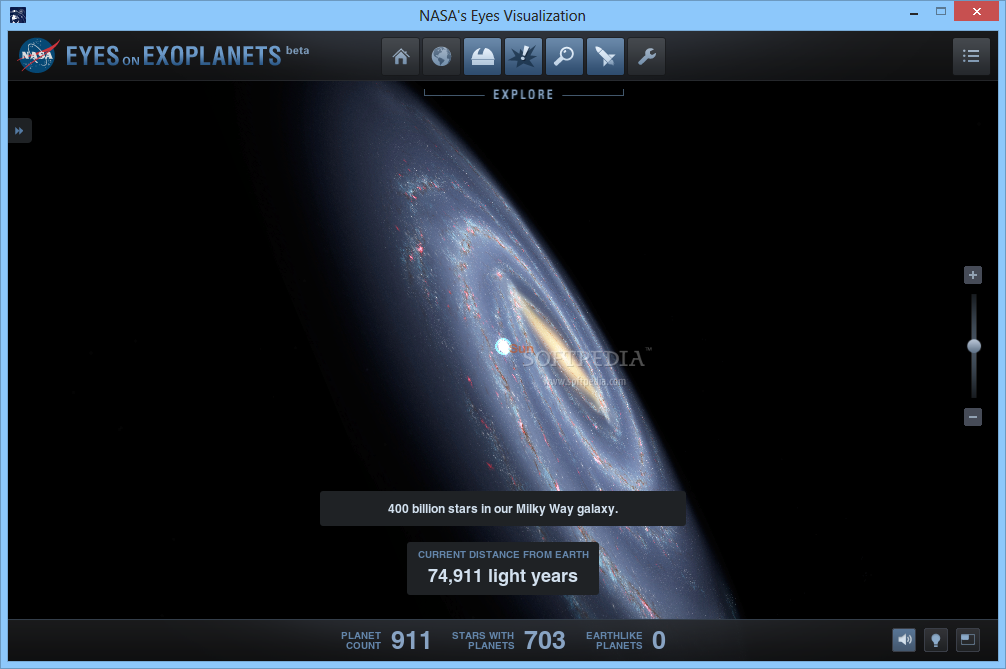

The Starlink team commanded the satellites into a safe-mode where they would fly edge-on (like a sheet of paper) to minimize drag-to effectively “take cover from the storm”-and continued to work closely with the Space Force’s 18th Space Control Squadron and LeoLabs to provide updates on the satellites based on ground radars. In fact, onboard GPS suggests the escalation speed and severity of the storm caused atmospheric drag to increase up to 50 percent higher than during previous launches. These storms cause the atmosphere to warm and atmospheric density at our low deployment altitudes to increase. Unfortunately, the satellites deployed on Thursday were significantly impacted by a geomagnetic storm on Friday. While the low deployment altitude requires more capable satellites at a considerable cost to us, it’s the right thing to do to maintain a sustainable space environment. SpaceX deploys its satellites into these lower orbits so that in the very rare case any satellite does not pass initial system checkouts it will quickly be deorbited by atmospheric drag. Falcon 9’s second stage deployed the satellites into their intended orbit, with a perigee of approximately 210 kilometers above Earth, and each satellite achieved controlled flight. EST, Falcon 9 launched 49 Starlink satellites to low Earth orbit from Launch Complex 39A (LC-39A) at Kennedy Space Center in Florida. In addition to Isaacman, the crew includes Scott “Kidd” Poteet, a veteran member of Jared’s team, and two SpaceX employees, Sarah Gillis and Anna Menon.

The Polaris Dawn mission has many first-time objectives, so the Polaris Program chose a crew of experts who know each other well and have a foundation of trust they can build upon as they undergo the challenges of this mission. Dragon and the Polaris Dawn crew will spend up to five days in orbit, during which the crew will attempt the first-ever commercial spacewalk, conduct scientific research designed to advance both human health on Earth and our understanding of human health during future long-duration spaceflights, and be the first crew to test Starlink laser-based communications in space, providing valuable data for future space communications systems necessary for missions to the Moon, Mars, and beyond. This Dragon mission will take advantage of Falcon 9 and Dragon’s maximum performance, flying higher than any Dragon mission to date and endeavoring to reach the highest Earth orbit ever flown. The first mission, Polaris Dawn, is targeted to launch no earlier than the fourth quarter of 2022 from historic Launch Complex 39A at NASA’s Kennedy Space Center in Florida. The program will consist of up to three human spaceflight missions that will demonstrate new technologies, conduct extensive research, and ultimately culminate in the first flight of SpaceX’s Starship with humans on board.
SATELLITE EYES WINDOWS WINDOWS
The advanced version of Windows Eye provides you with the capability to switch between six different views to take your time with your browsing.Jared Isaacman, founder and CEO of Shift4 who commanded the Inspiration4 mission, announced today the Polaris Program, a first-of-its-kind effort to rapidly advance human spaceflight capabilities, while continuing to raise funds and awareness for important causes here on Earth. With the Weather Eye, you can view the current conditions, as well as the latest forecasts for over 2,000 locations around the world. The Weather Eye version 6.0.2.5 also allows you to connect to the Weather Channel online. You can access this window by clicking on the "weather eye" icon in the start menu, right next to the clock. Windows Eye will display satellite maps, current weather conditions, and the current day's weather forecast in a separate window. WeatherEye has been modified and rebuilt for Windows Vista.
SATELLITE EYES WINDOWS PC
This amazing tool will make your PC run like new again.
SATELLITE EYES WINDOWS SOFTWARE
It automatically adds registry keys to your current operating system that will allow the software to automatically launch every time you reboot.

Windows Eye is a utility program designed by The Weather Network to monitor and diagnose your computer. Is your PC running slower than usual because of Windows XP? If so, then you should try using Windows Eye.


 0 kommentar(er)
0 kommentar(er)
